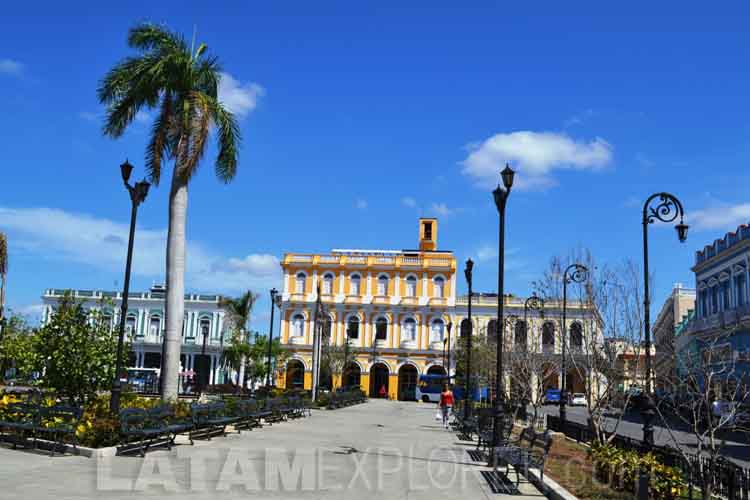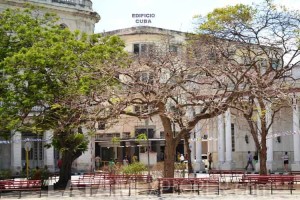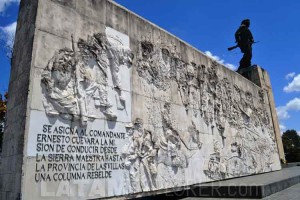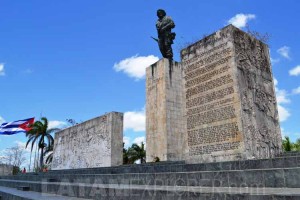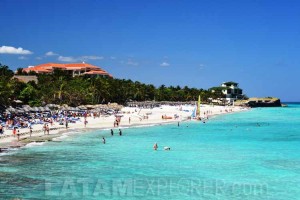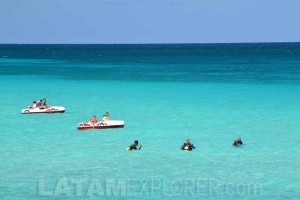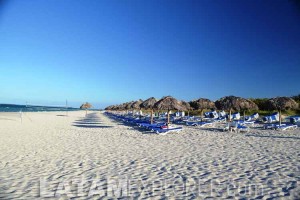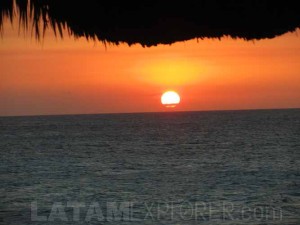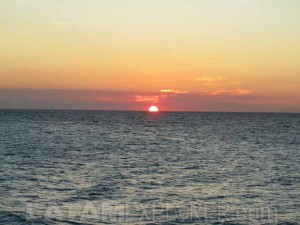Home > Destinations > Caribbean Islands > Cuba > Varadero, Santa Clara and Sancti Spiritus
Varadero, Santa Clara and Sancti Spiritus, Cuba
Although Varadero is not, not even remotely, the most authentic destination in Cuba, the fact is that when planning where to go while in the country, most people will decide to invest most of their time here. Located 150km (90mi) east from the national capital, Havana, covered by an excellent highway, Varadero is a small town of the north coast facing the Atlantic Ocean (Florida Straits), whose territory includes an island 22km (14mi) long, generally mistaken by a peninsula (Hicacos Peninsula), and that hosts, on its north side, some of the most wonderful beaches of the country.
The city of Varadero, which is home to about 10,000 people nowadays, was founded back in 1887, but almost no one arrives here interested on its history – as a matter of fact there isn’t much to see in the city proper. Renowned as a touristic destination since the mid-19th century, this industry gained strength during the first few decades of the past century and, after going through a period of stagnation following the Revolution of 1959, a new impulse was observed during the 1990’s.
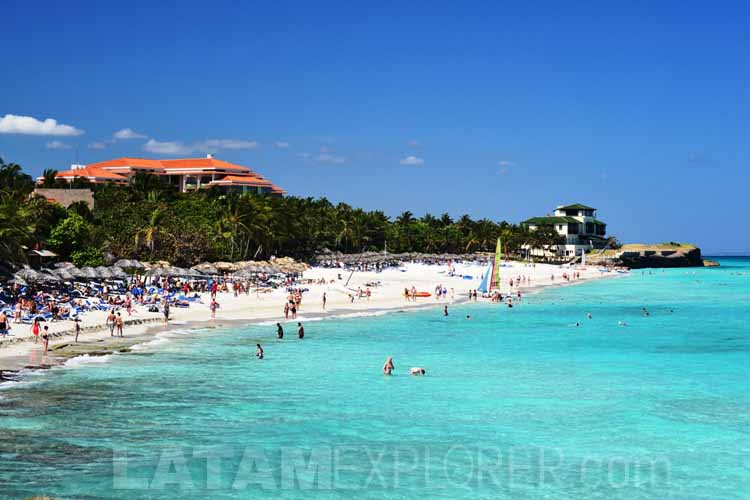
Currently more than 1 million foreign tourists visit Varadero’s beaches annually. This is a place almost out of reach for the average Cuban citizen, dominated by four and five-star hotels of domestic and international chains, mostly operating on an all-inclusive system. There are also a few restaurants, stores and a golf course, deepening even more the contrasts with the rest of the country.
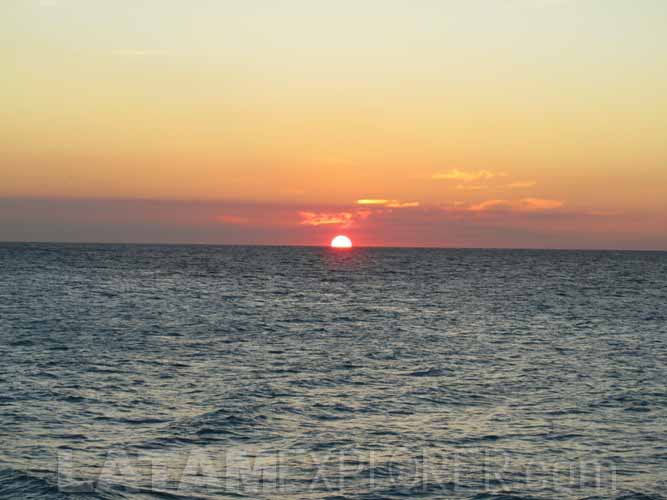
Located 210km (130mi) southeast of Varadero, Santa Clara is the main city in central Cuba. Home to a large student population thanks to its universities, the city has a youth feel but very few accommodation options, despite receiving a reasonably high number of visitors. Most of them, however, spend only a few hours in the city, visiting the two main monuments in commemoration to Ernesto “Che” Guevara, the revolutionary who led the decisive military victory during the Cuban Revolution.

The Monument to the Armored Train, seven blocks away from the Leoncio Vidal Square (the heart of the city) celebrates this military achievement, in late 1958, when Guevara’s forces assaulted a train carrying officers and weapons that should feed the government army. Nowadays, the armored train is a national monument that doubles as a museum commemorating that event. Across the city, Che Guevara’s Mausoleum stores the remains of the commander, killed in Bolivia in 1967, and of 29 of his fellow combatants. Finished in 1997, the mausoleum also hosts a museum dedicated to the life of Che.
80km (50mi) away from Santa Clara, and at the same distance from Trinidad, the city of Santi Spíritus, capital of the homonymous province, is located practically in the middle of the island. It is a convenient stop on the way of those crossing the island, but it hardly justifies a large detour. Sancti Spíritus was one of the first seven settlements founded by the Spanish conquerors and still preserves a certain character in downtown, with the advantage of being virtually unknown by tourism. From here it is a 350km (215mi) trip back to Havana, or a 530km (330mi) journey to Santiago de Cuba, on Cuba’s east side.
